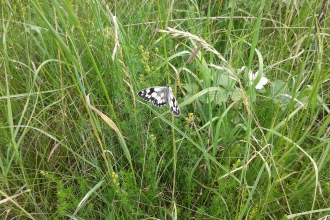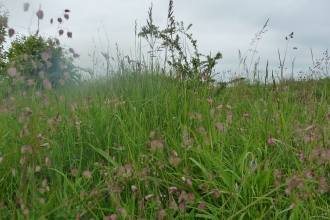Many people have heard of National Nature Reserves and Sites of Special Scientific Interest (SSSI), or even Special Protection Areas (SPA). But fewer know that around twice as much land is given over to secret, quiet spaces known as Local (or County) Wildlife Sites, where we work with farmers, parish councils and other landowners to protect rare habitats which have no legal protection.
“We can’t own all the good wildlife habitat in the county, so we work with those who do”
Local Wildlife Sites include the only bit of saltmarsh in our region, for example, on the tidal River Nene north of Wisbech. Our only known population of smooth rupturewort plants, which are nationally rare, are on Local Wildlife Sites near Newmarket.
In Cambridgeshire the Trust now cares for 531 such sites ranging from country estates of hundreds of hectares to a tiny pond - rare species include the chalk eyebright and giant Roman snails.
Matt Johnson looks after sites in Northamptonshire, where, among many projects, he has worked with the parish council and residents of Barnwell St Andrew to protect a small population of water voles. A sensitive mowing regime there maintains a bankside habitat. “We can’t own all the good wildlife habitat in the county,” says Matt, “so we work with those who do. Having a programme that offers surveys and advice is vital to ensure sites don’t become neglected. These sites are nature’s equivalent of Grade II Listed Buildings.”
These are sentiments echoed by Laura Downton in Bedfordshire. One site she works on is Galsey Wood and Meadow, leased by one of our corporate members, telecoms company Arqiva. The scarce adder’s tongue fern is found there. Laura says: “These unofficial sites are vital links and corridors between larger nature reserves and other protected sites – ensuring that species can move and survive in our fast-changing world.”




